Natural-History-Conservation.com
Nigel Larkin’s work on television and on radio
Nigel Larkin has worked with Bernard Cribbins, Jonny Vaughn, Nigel Marven, Tony Robinson, Bryan McNerney, Phil Harding,
Helen Geake, Bill Oddie, Adam Hart-Davies, Simon King, Chris Packham, Alice Roberts, Aubrey Manning, Jessica Holm and Hermione Cockburn on such
TV programs as Moviewatch, Coast, Fossil Detectives, The Natural History of Britain, Springwatch Special, Live From Dinosaur Island,
Fishing For History, Prehistoric Park, What Prehistory Did For Us, The Museum of Life and Time Team Specials and he has presented various
episodes of ‘Inside Out’ in the Eastern Region. He has also worked on various BBC Radio Four programs such as Fascinating Deaths with Jessica Holm,
Unearthing Mysteries with Aubrey Manning, Making History, Open Country and the Prehistoric Handbook amongst others, plus America’s National Public Radio (NPR) and has been interviewed on local radio stations numerous times. For further details see below.
In the course of his work he has also had the pleasure of meeting: Princess Diana, Princes William & Harry, David Attenborough,
Jeff Goldblum and Ray Harryhausen amongst others.
Television work, in approximate chronological order:
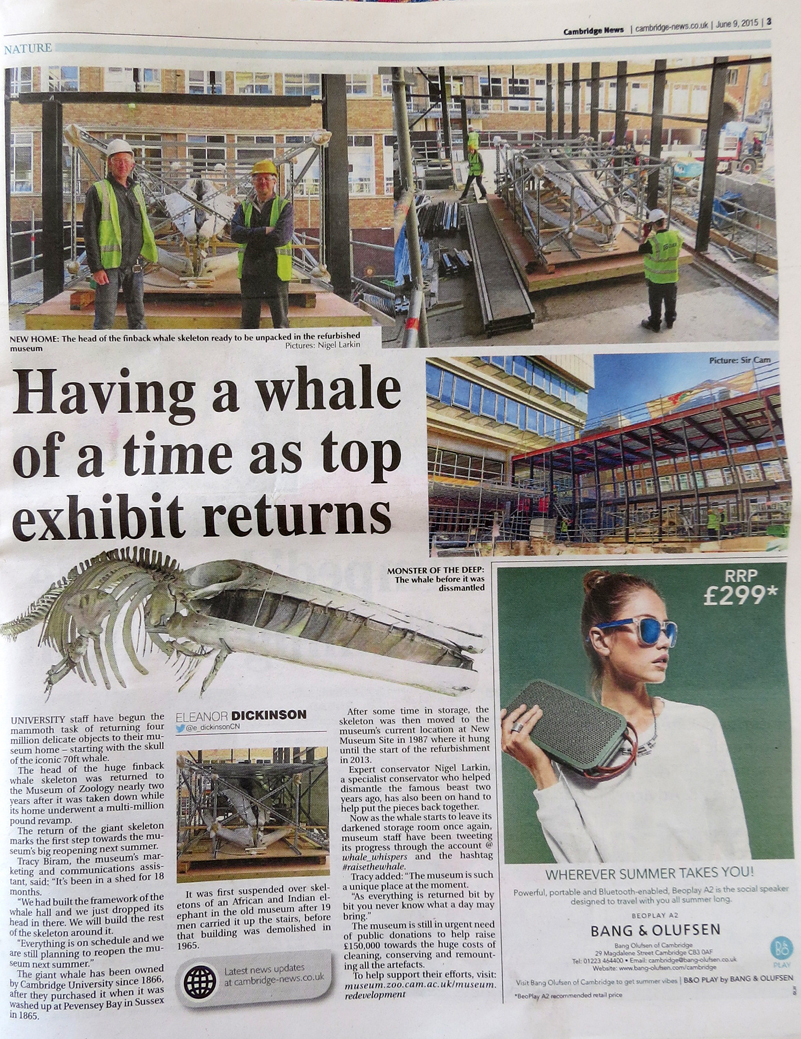
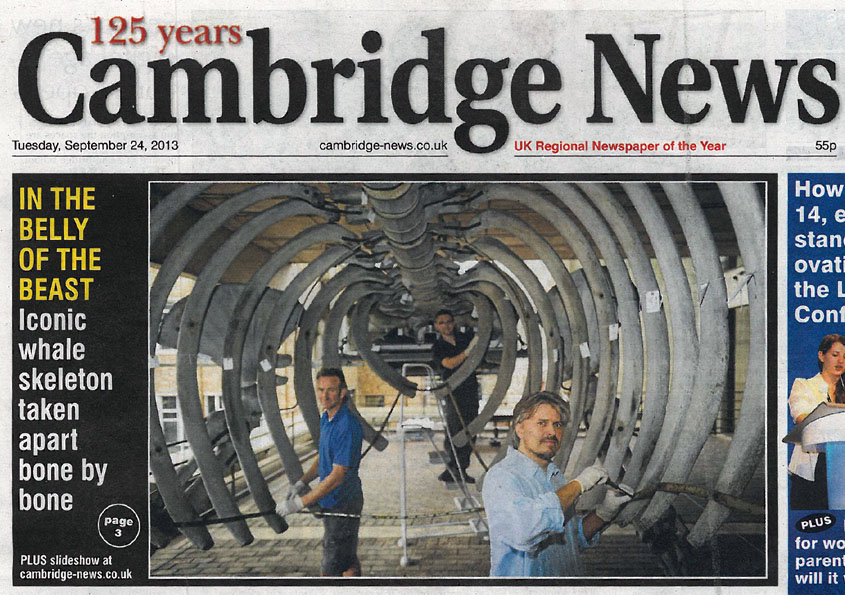
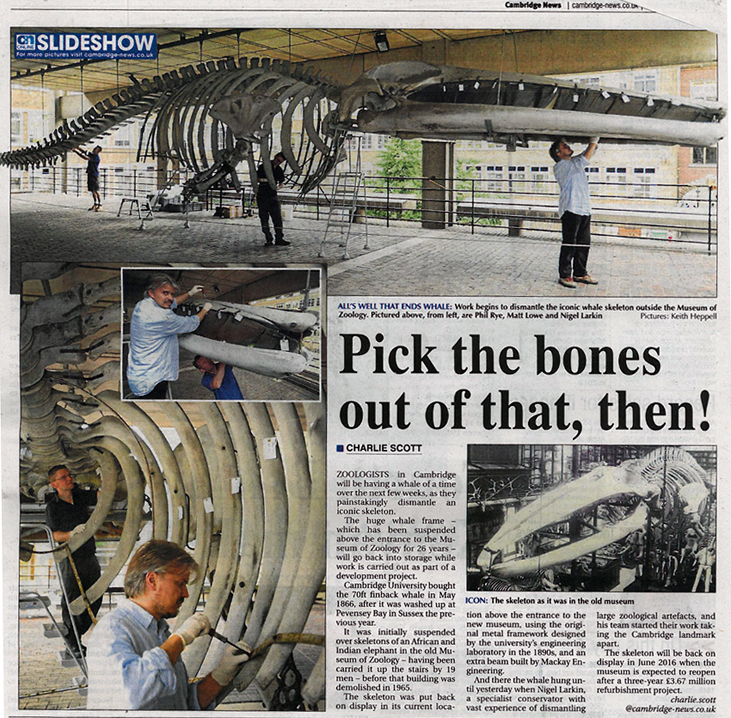
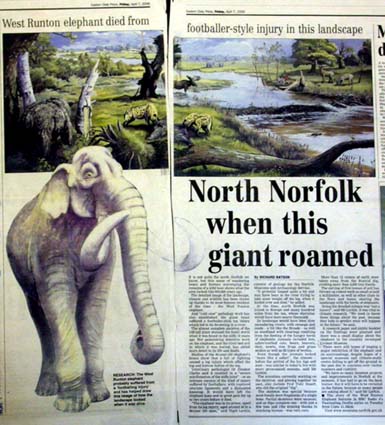
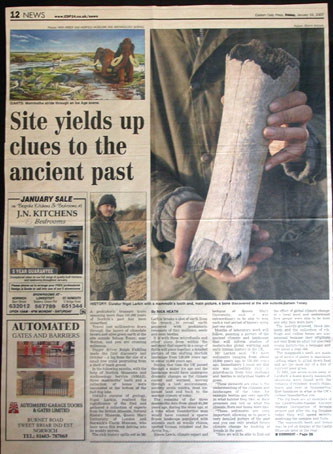
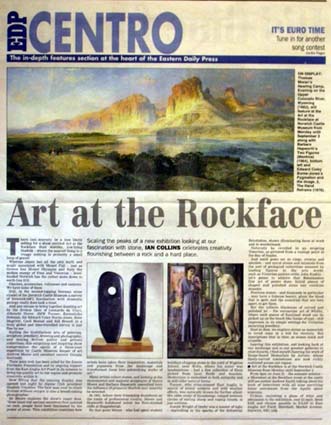
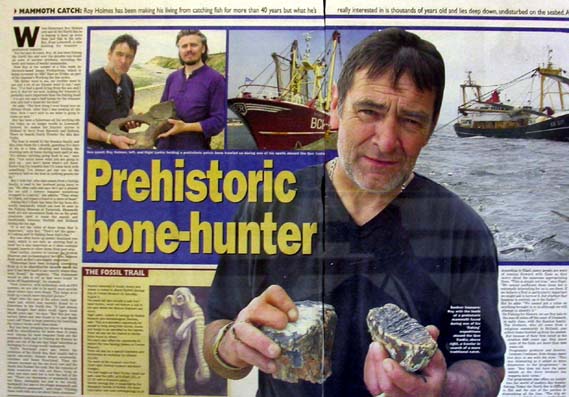
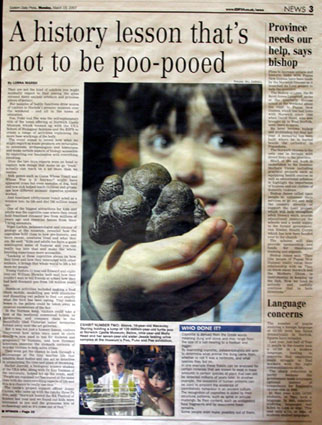
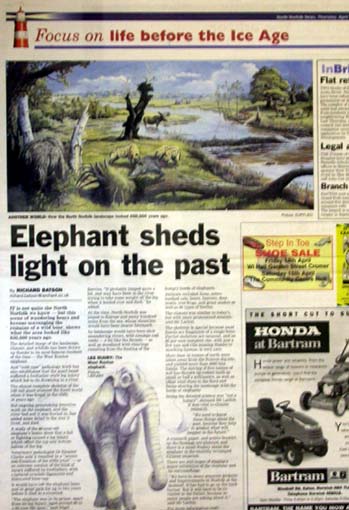
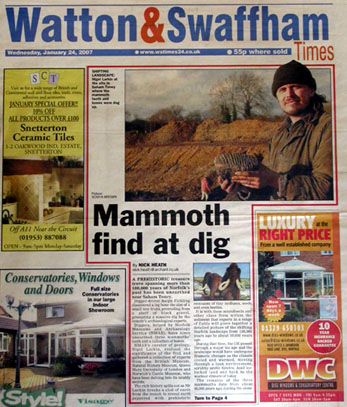
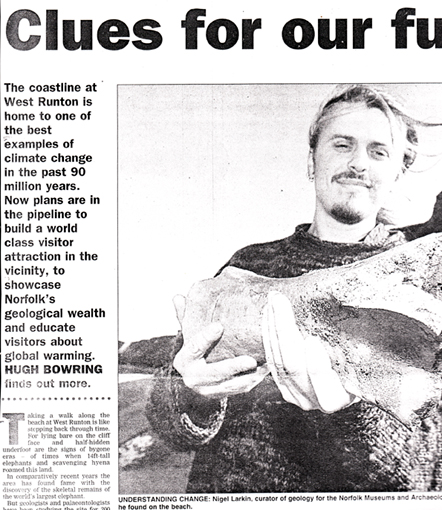
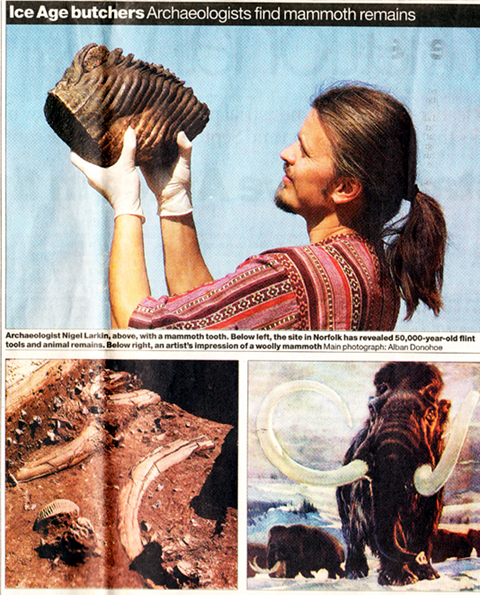
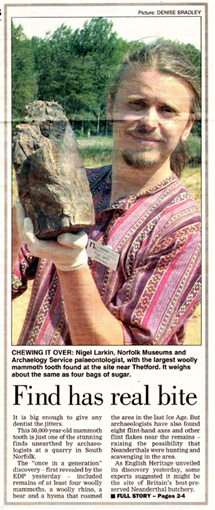
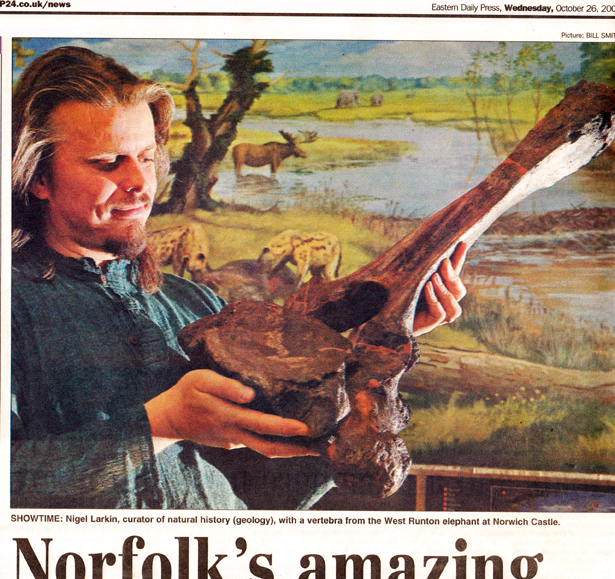
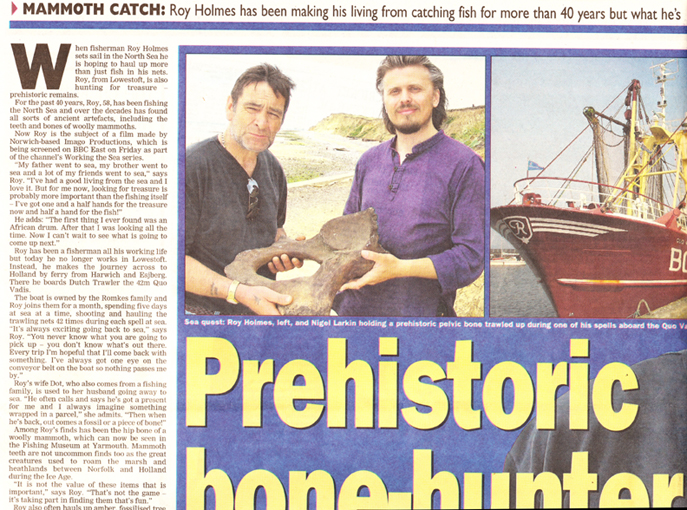
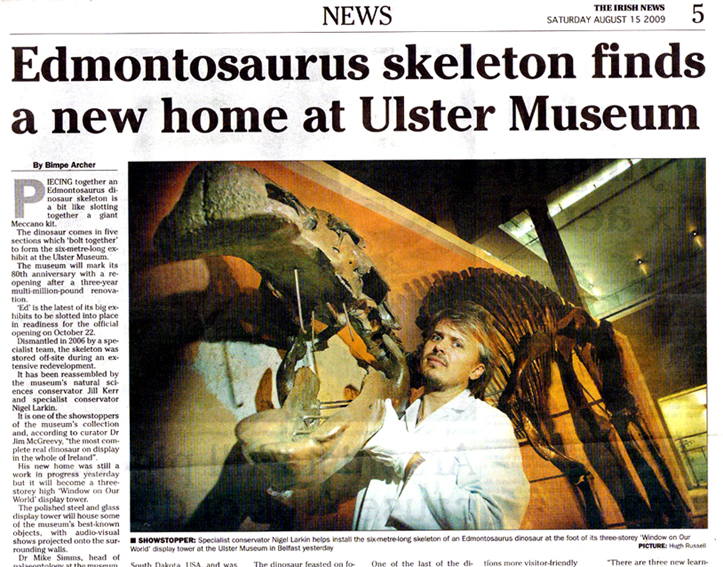
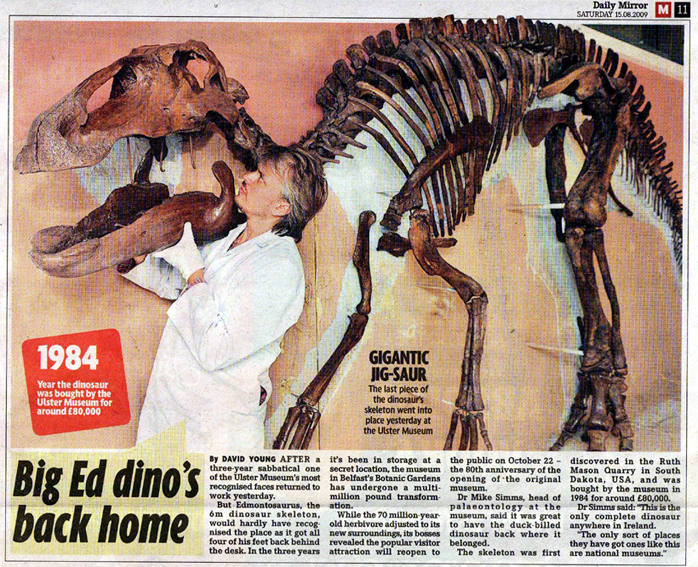
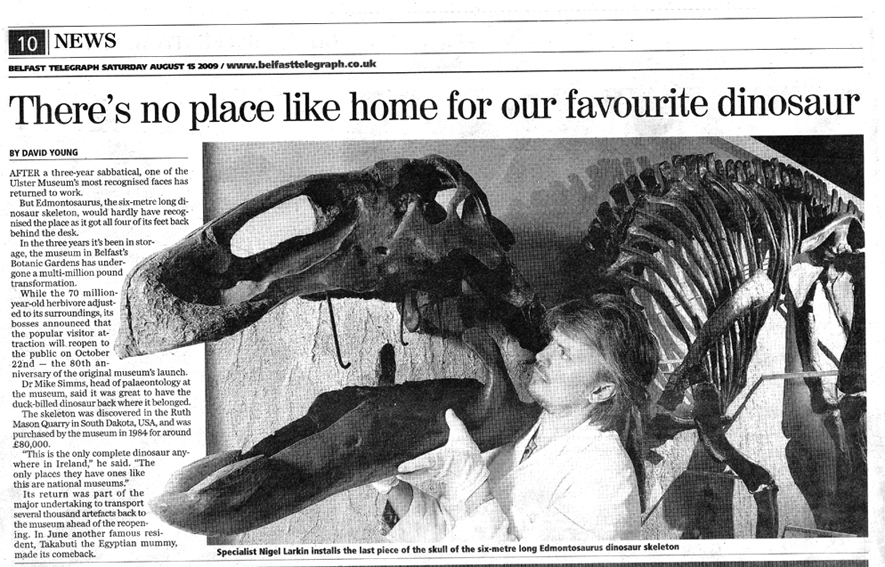
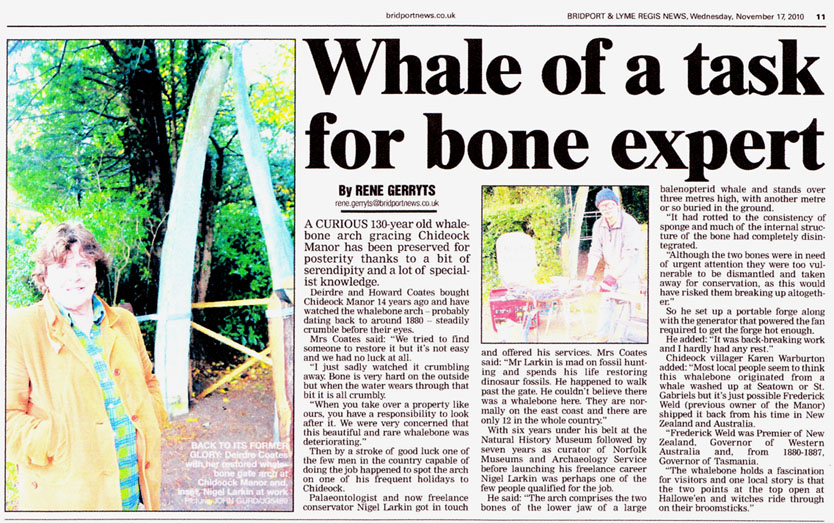
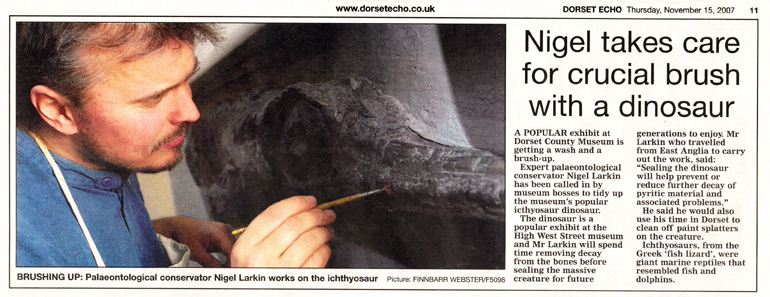
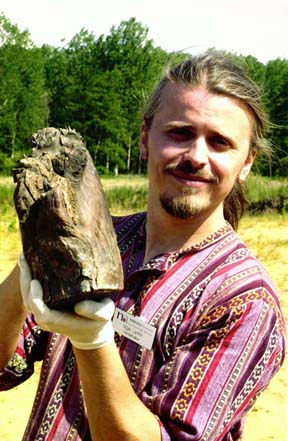 1994: ‘Def II’, a BBC2 programme about stereotyping ‘scientists’.
1994: ‘Def II’, a BBC2 programme about stereotyping ‘scientists’.
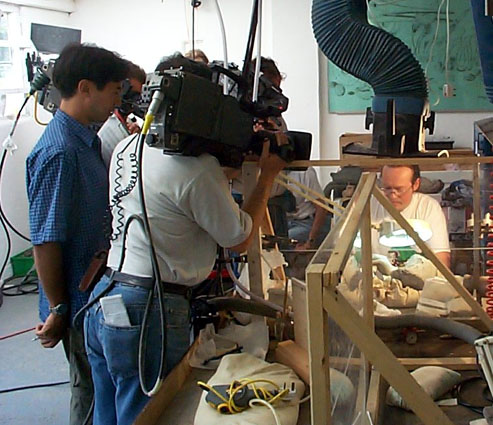 2001: BBC’s Live From Dinosaur Island. "Sunday 10 June 2001 saw the start of a new television series
on BBC2 - Live From Dinosaur Island, a live broadcast of Britain's biggest dinosaur hunt. In 6 days, the palaeontological team hunted for at least
five different species of dinosaur in six different sites on the South-West coast of the Island. The programmes were 60 minutes each, being broadcast on Sunday,
Monday, Wednesday and Friday, with an 'omnibus' edition on Sunday. It was also 'narrowcast' live on the web at the BBC's dinosaur site”. As well as running the preparation and conservation lab to clean material coming in from the six excavation sites (he supplied all the equipment, materials and volunteers for this, as well as organising elements of the excavations), he also presented live to camera in each episode.
2001: BBC’s Live From Dinosaur Island. "Sunday 10 June 2001 saw the start of a new television series
on BBC2 - Live From Dinosaur Island, a live broadcast of Britain's biggest dinosaur hunt. In 6 days, the palaeontological team hunted for at least
five different species of dinosaur in six different sites on the South-West coast of the Island. The programmes were 60 minutes each, being broadcast on Sunday,
Monday, Wednesday and Friday, with an 'omnibus' edition on Sunday. It was also 'narrowcast' live on the web at the BBC's dinosaur site”. As well as running the preparation and conservation lab to clean material coming in from the six excavation sites (he supplied all the equipment, materials and volunteers for this, as well as organising elements of the excavations), he also presented live to camera in each episode.
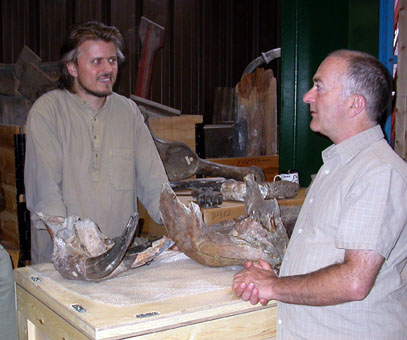 2003, January 13th: Presented a nine minute film which looked at some of the exciting prehistoric finds that had been unearthed in Norfolk over the previous few years, for the BBC’s Eastern region’s Inside Out series.
2003, January 13th: Presented a nine minute film which looked at some of the exciting prehistoric finds that had been unearthed in Norfolk over the previous few years, for the BBC’s Eastern region’s Inside Out series.
 2004: An advisor for the eastern region for sections of the BBCs Natural History of Britain series, recommending places to film and specialists to talk to etc. Also, he appeared in programme 3 (aired in 2005).
2004: An advisor for the eastern region for sections of the BBCs Natural History of Britain series, recommending places to film and specialists to talk to etc. Also, he appeared in programme 3 (aired in 2005).
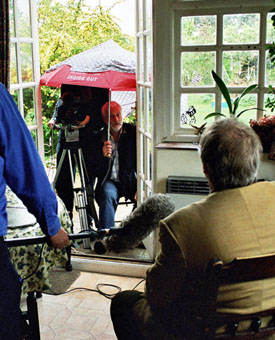 2005: Filmed with Alice Roberts for an episode of ‘Coast’, relating to mammoths and other fossils now found under the North Sea.
2005: Filmed with Alice Roberts for an episode of ‘Coast’, relating to mammoths and other fossils now found under the North Sea.
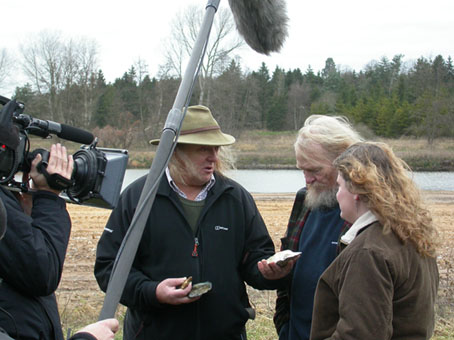 2007: Filmed with Tony Robinson and Phil Harding for a Time Team Special ‘Britains Drowned World’ about the Holocene sea level rise and the flooding of Doggerland. First aired on 24th April 2007.
2007: Filmed with Tony Robinson and Phil Harding for a Time Team Special ‘Britains Drowned World’ about the Holocene sea level rise and the flooding of Doggerland. First aired on 24th April 2007.
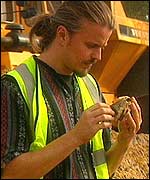 2011: Springwatch Christmas Special: Interviwed by Chris Packham about coprolites (fossil droppings).
2011: Springwatch Christmas Special: Interviwed by Chris Packham about coprolites (fossil droppings).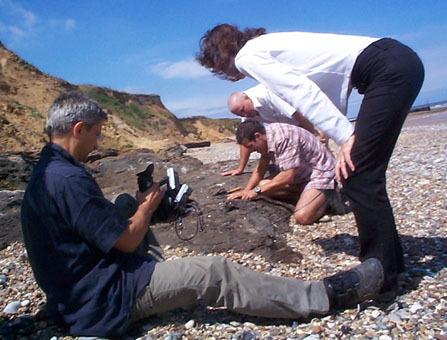 1995 to the present: various live interviews on local radio, particularly Radio Norfolk and Radio Suffolk.
1995 to the present: various live interviews on local radio, particularly Radio Norfolk and Radio Suffolk.
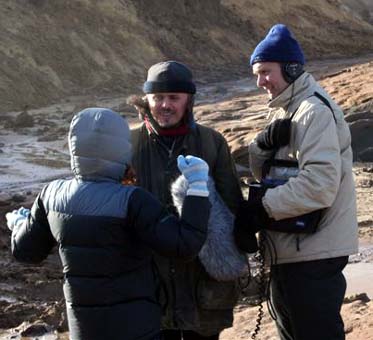 Tuesday 11th of April 2006, Radio 4: ‘Fascinating Deaths’ – an update on research into the life and death of the West Runton Elephant: on Radio Four. In the first of a series of programmes called “Fascinating Deaths’, Jessica Holm turns detective to investigate an ancient but mysterious incident preserved in the fossil record. She learns about the fascinating life and death of the West Runton Elephant, a mammoth that came to a sticky end in Norfolk 700,000 years ago. He was in his prime at forty-odd years old and stood four and a half metres tall, weighing ten tons - twice the weight of a modern male African elephant. So why did he meet a premature end?
Tuesday 11th of April 2006, Radio 4: ‘Fascinating Deaths’ – an update on research into the life and death of the West Runton Elephant: on Radio Four. In the first of a series of programmes called “Fascinating Deaths’, Jessica Holm turns detective to investigate an ancient but mysterious incident preserved in the fossil record. She learns about the fascinating life and death of the West Runton Elephant, a mammoth that came to a sticky end in Norfolk 700,000 years ago. He was in his prime at forty-odd years old and stood four and a half metres tall, weighing ten tons - twice the weight of a modern male African elephant. So why did he meet a premature end?
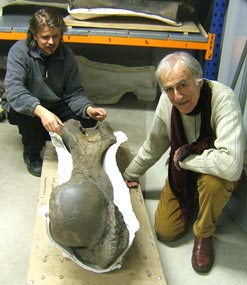 19th December 2006, Radio 4: ‘Unearthing Mysteries’ with Aubrey Manning. Programme 2:
Who were the first human inhabitants of Britain? Over the last few years, a group of scientists headed by Chris Stringer of the Natural History Museum have been trying to find out as part of AHOB
– the Ancient Human Occupation if Britain project. Aubrey Manning visits the Norfolk coast to look at the latest evidence.
19th December 2006, Radio 4: ‘Unearthing Mysteries’ with Aubrey Manning. Programme 2:
Who were the first human inhabitants of Britain? Over the last few years, a group of scientists headed by Chris Stringer of the Natural History Museum have been trying to find out as part of AHOB
– the Ancient Human Occupation if Britain project. Aubrey Manning visits the Norfolk coast to look at the latest evidence.